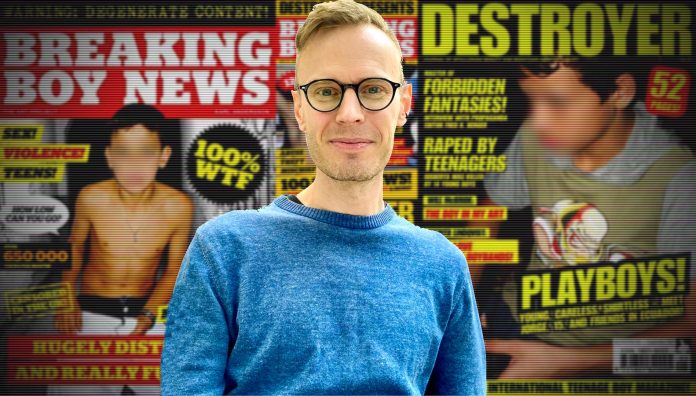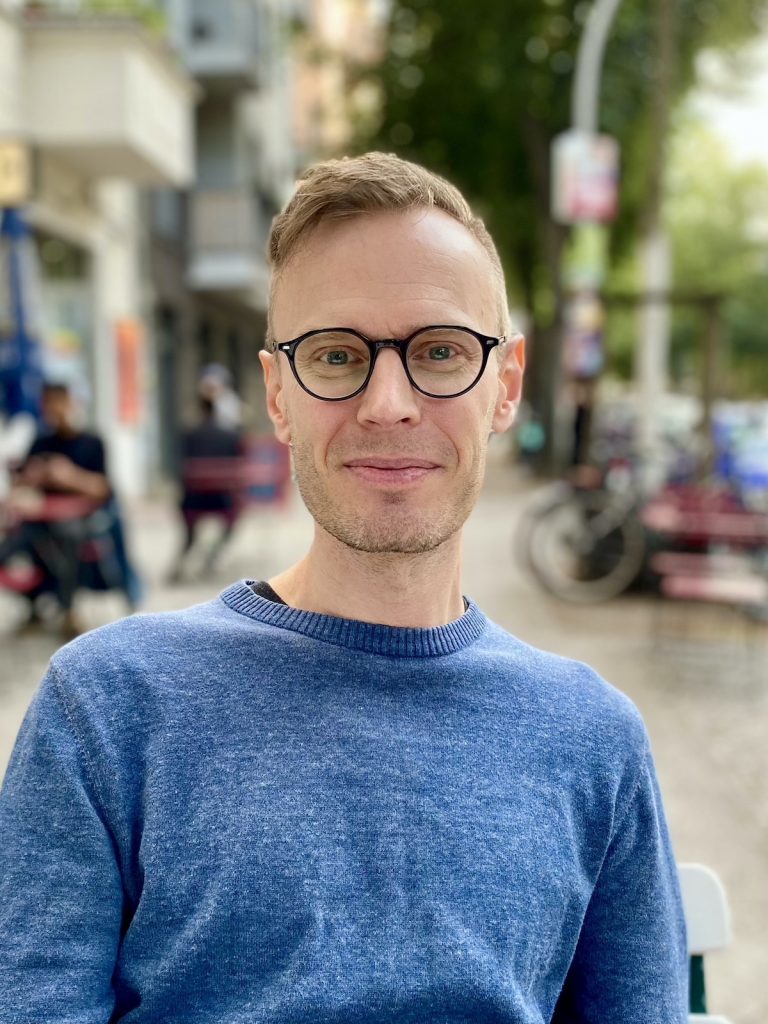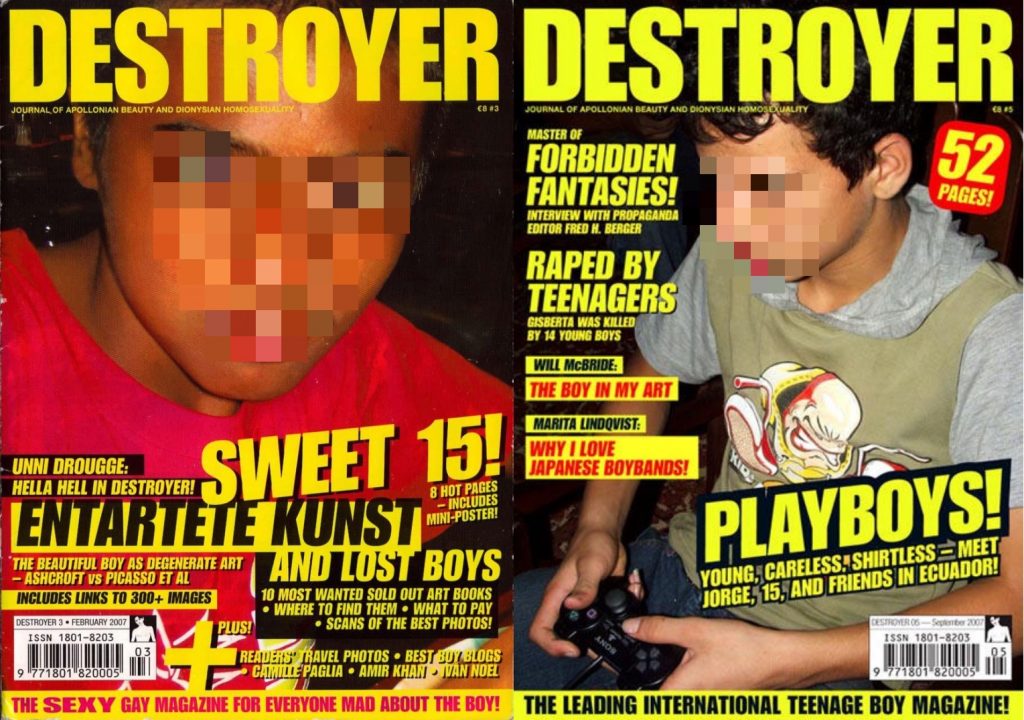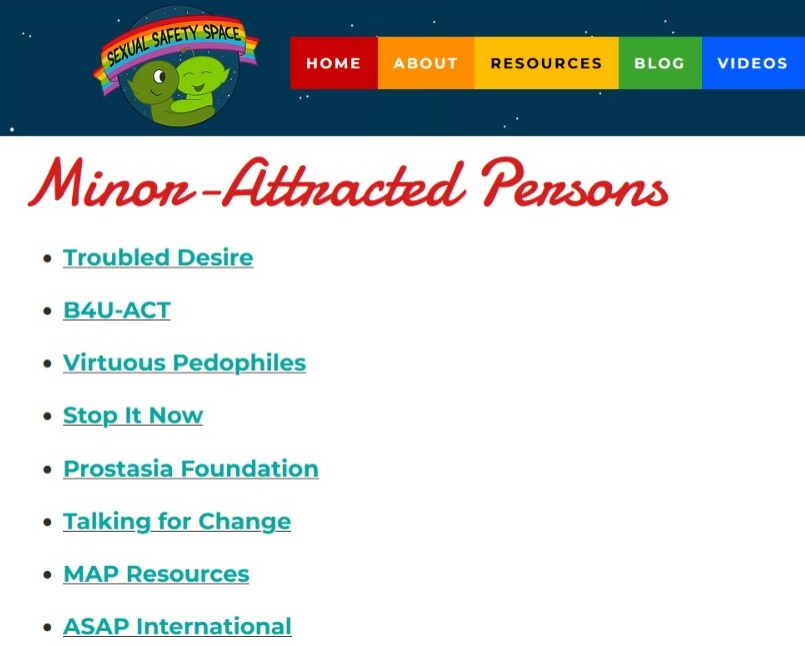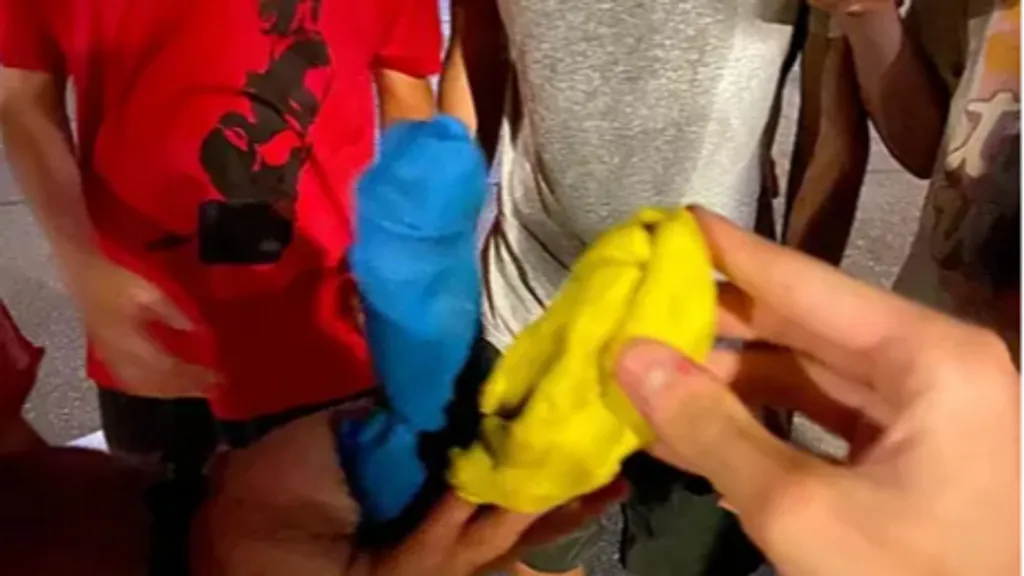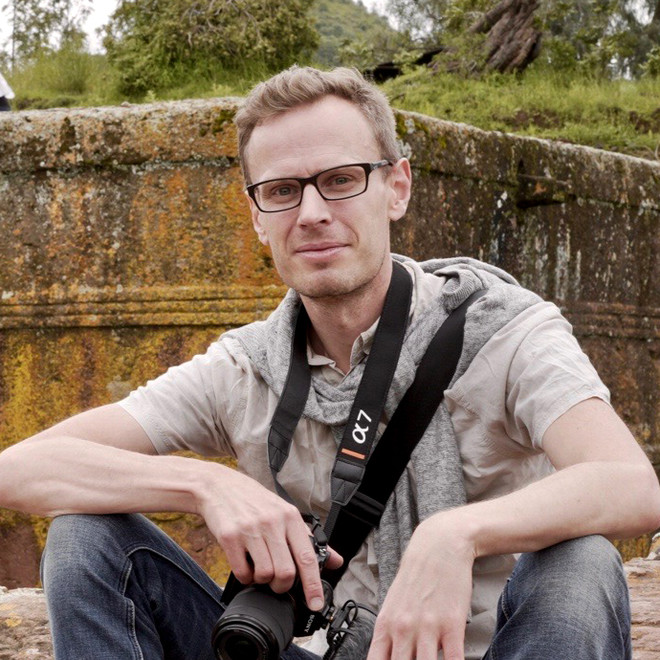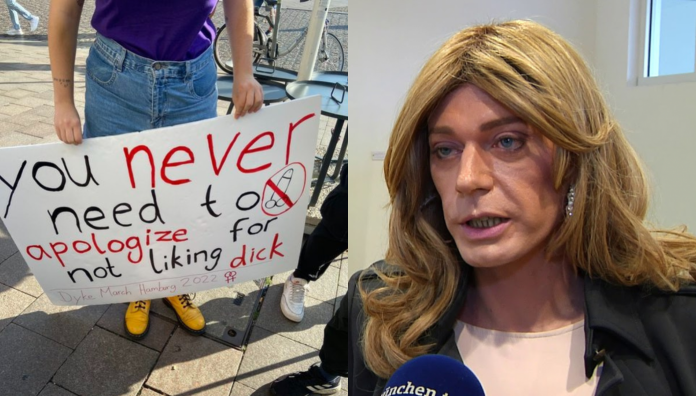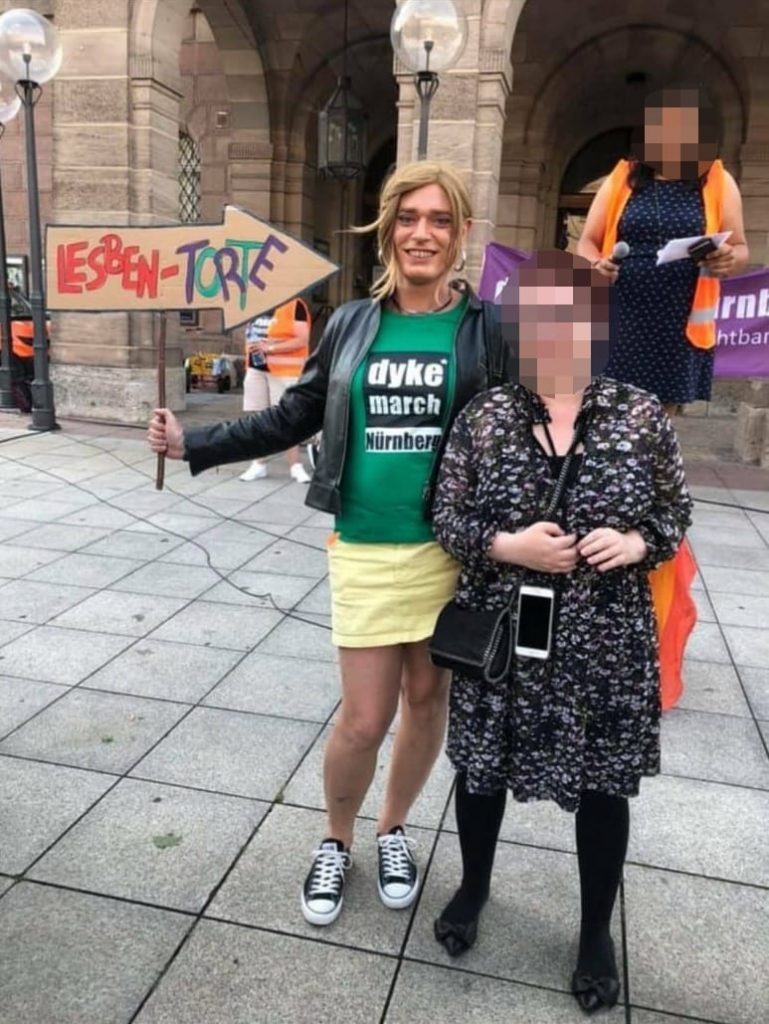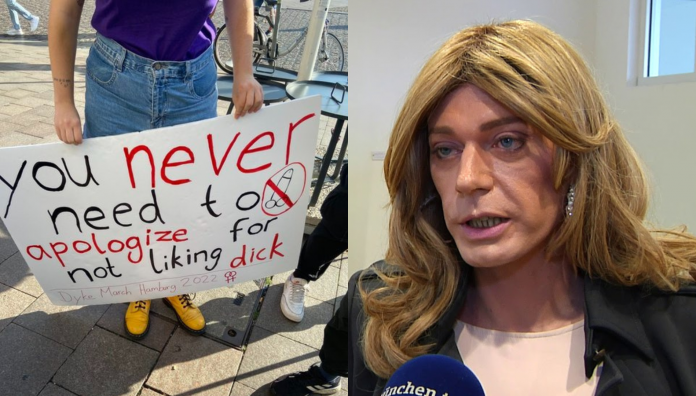Un artículo académico publicado por un doctorando en la Universidad de Manchester está generando preocupación por parte de los expertos en protección infantil al descubrirse que el artículo se centraba en la experiencia del autor masturbándose con material de fantasía de abuso sexual infantil.
Karl Andersson, un académico nacido en Suecia, es actualmente doctorando en la Universidad de Manchester en el departamento de estudios japoneses. Según su biografía en Researcher en la página web de la Universidad, su enfoque se centra en cómo “los fans de los cómics subculturales en Japón experimentan el deseo y piensan sobre las identidades sexuales”.
En abril de 2022, un trabajo de investigación académica escrito por Andersson fue revisado por pares y publicado en el Journal of Qualitative Research. El artículo, titulado “No estoy solo, todos estamos solos: Uso de la masturbación como método etnográfico en la investigación sobre la subcultura shota en Japón”, describe a Andersson adoptando el “método experimental” de masturbarse con pornografía shota.
Shota, una versión abreviada del complejo shōtarō, se refiere a cómics, dibujos animados y otras formas de medios visuales que se centran en niños pequeños en situaciones eróticas y sexualizadas. Los niños son representados principalmente como prepúberes, a menudo con cuerpos sin pelo y rasgos muy pequeños, y pueden estar en situaciones románticas o sexuales con otros niños pequeños o incluso hombres adultos. Con menos frecuencia, los niños se muestran en situaciones sexuales con mujeres adultas.
Este medio se considera en general como una forma de pornografía infantil de fantasía, y es ilegal en muchos países, incluidos Canadá y Australia. También se considera ilegal en el Reino Unido, donde Andersson parece residir.
“Quería entender cómo los participantes en mi investigación experimentan placer sexual al leer shota, un género japonés de cómics eróticos autopublicados protagonizados por niños pequeños”, escribe Andersson en su sinopsis, “Por lo tanto, comencé a leer los cómics de la misma manera que los participantes en la investigación me habían dicho que lo hacían: mientras se masturbaban”.
Andersson describe que se había masturbado exclusivamente con shota durante tres meses como parte de su investigación. Andersson registró sus sesiones de masturbación en un diario, extractos de los cuales publicó en su artículo.
En uno, de septiembre de 2021, Andersson describe un cómic shota que leyó y con el que tuvo un orgasmo cuando apareció un niño “olfateando” y “lamiendo” los genitales de otro niño después de pillarlo masturbándose en el baño. Concluye el extracto escribiendo: “… ¡y mientras esperaba el tiro, me corrí!”
Si bien Andersson no revela las edades de los jóvenes en los cómics sexuales, sí se refiere a ellos como “niños pequeños”. Más adelante en el ensayo, Andersson escribe que “personajes de niños muy pequeños saltaban codiciosamente sobre la primera polla que se presentaba” en una descripción de algunos de los cómics que leyó.
En otro extracto, Andersson escribe: “Me llevó mucho tiempo entrar en acción. Leí todo y una vez que comenzaron a desnudarse y comparar sus pollas me corrí de inmediato. Vagos recuerdos de mí y [nombre borrado] … Lo que fue excitante fue definitivamente todo el ambiente con dos nuevos amigos que descubren el sexo juntos. Algo que solo haces una vez en la vida. … Yo estaba allí, era uno de ellos, no estaba seguro de quién, espera un momento: ¡Yo era Haru! El chico nuevo. ¡Mientras que Ken era el activo y el sexy!”
Después del extracto, Andersson afirma que disfrutó del cómic ya que podía “relacionarlo” con sus propias experiencias mientras crecía, y atribuye el atractivo de shota a un sentido de “nostalgia”.
Andersson continúa describiendo que masturbarse con shota le proporcionó una sensación de “autocuidado” tanto a él como a otros hombres que regularmente disfrutaban de este material.
“Experimenté una sensación de autocuidado, que también llamo el ‘efecto spa’, ya que a menudo me sentía tan relajado después de estas sesiones que me recordaba a ir a un spa, o por qué no, a un onsen, una fuente termal japonesa”. Andersson escribe, y continúa: “Si bien mis hábitos de masturbación anteriores habían sido bastante rutinarios, masturbarse con shota se convirtió más en un ritual: elegir cuidadosamente un [cómic] (¿qué me apetece hoy?), crear una posición cómoda en la cama, dormitar un poco después, todo era parte del ritual”.
En el artículo, Andersson también afirma que los cómics dibujados en 2D no son su preferencia y que prefiere los medios 3D, aunque no explica si eso significa que también disfruta de material de abuso sexual infantil de fantasía generado por ordenador de un tema similar.
Antes de publicar su artículo sobre shota, Andersson había hecho un documental sobre aquellos que ven shota, titulado Unreal Boys. La película se describe como protagonizada por “tres jóvenes en Tokio” que “exploran los límites de la fantasía a través del género de cómic shota, que presenta a niños ficticios en situaciones sexuales”.
La película ganó dos premios, incluyendo uno en el Festival de Cine de Kiev.
En su canal de YouTube, Andersson publica regularmente “alijos” de shota y otros medios japoneses que compra. En un alijo publicado alrededor de la Navidad de 2021, muestra varios cómics que compró, la mayoría de los cuales presentaban a una mujer adulta romántica o sexualmente interesada en niños pequeños.
En otro video subido a su YouTube, Andersson insiste en que shota no representa el deseo pedófilo en la cultura japonesa, y solo es problemático cuando se “malinterpreta” o “saca de contexto”.
Japón ha sido notorio por su enfoque laxo al material de abuso sexual infantil, y el país solo ha hecho ilegal la posesión de fotos y videos de niños reales violados en 2014. Por aquel entonces, aquellos que poseían pornografía infantil real recibían un período de gracia de un año para deshacerse de ella o llevarse una multa y un corto período en prisión. Las representaciones dibujadas y CGI (Computer Generated Imagery) de abuso sexual infantil, incluidas las de niños de cualquier edad, son legales y muy extendidas.
Japón es conocido como un centro internacional para la producción de pornografía infantil y de niños víctimas de trata. Según la organización de protección infantil ECPAT International, el gobierno japonés permite regularmente que se suspendan los casos de explotación infantil y que los sospechosos salgan libres.
Si bien Andersson afirma en su trabajo de investigación que “desenredar [el] nudo de deseos en su mayor parte no investigado de personajes infantiles ficticios nos dará una mejor comprensión de la sexualidad humana y proporcionará una base más sólida para la formulación de políticas”, los expertos en protección infantil no están convencidos.
El artículo de Andersson es la última contribución a la tendencia actual de ver la pedofilia de una forma abiertamente favorable y da acceso a “medios de fantasía” a nivel académico, con múltiples incidentes denunciados el año pasado.
En octubre de 2021, una profesora asistente “no binaria” de sociología y justicia penal en la Universidad Old Dominion en Norfolk, Virginia, fue objeto de un escrutinio generalizado después de participar en un podcast para promocionar su libro: “A Long, Dark Shadow: Minor Attracted People and Their Pursuit of Dignity”. El podcast fue presentado por Prostasia, una organización benéfica que muchos consideran “pro-pedofilia”.
Copias de la tesis doctoral de Walker comenzaron a circular rápidamente, mostrando que Walker había considerado teorías que permitían que los pedófilos accedieran a “pornografía infantil de alta calidad” y otros medios de fantasía en la creencia de que podría reducir el número de crímenes. Prostasia, el grupo que estaba entrevistando a Walker, también ha presionado duramente para hacer o mantener legal el material de abuso sexual infantil de fantasía.
Si bien se han realizado pocas investigaciones sobre el impacto del material de abuso sexual infantil de fantasía en el crime real, existe una amplia evidencia que demuestra una conexión entre el consumo de material de abuso sexual infantil y el abuso sexual de niños reales.
Según una revisión federal, mientras que solo el 12% de una muestra de delincuentes acusados de delitos relacionados con la pornografía infantil tenían delitos sexuales de contacto previos en sus expedientes oficiales, el 55% reveló que tuvieron contacto sexual previo con un niño. Otro estudio situó esta última cifra más cerca del 85%, otro la sitúa en el 76%.
Resulta alarmante que un estudio de 2009 de hombres en tratamiento después de ser acusados de recibir, poseer o distribuir material de abuso sexual infantil descubriera que, mientras que el 74% de ellos no tenía antecedentes penales por abuso sexual infantil en la práctica, al final de su programa de 18 meses, el 85% había admitido haber abusado sexualmente de un niño en la vida real al menos una vez.
Debido a la ilegalidad del material de abuso sexual infantil de fantasía en el Reino Unido, Reduxx se comunicó con Jordan Kenny, el manager de relaciones de prensa de la Universidad de Manchester, para obtener comentarios sobre la investigación de Andersson, pero no recibió respuesta a tiempo para su publicación. Este artículo se actualizará en caso de que haya declaraciones.
Reduxx es una nueva plataforma en pro de los derechos de la mujer y de los menores de edad con noticias y artículos. Somos 100% independientes! Colabora con nuestro proyecto uniéndote a nuestro Patreon


